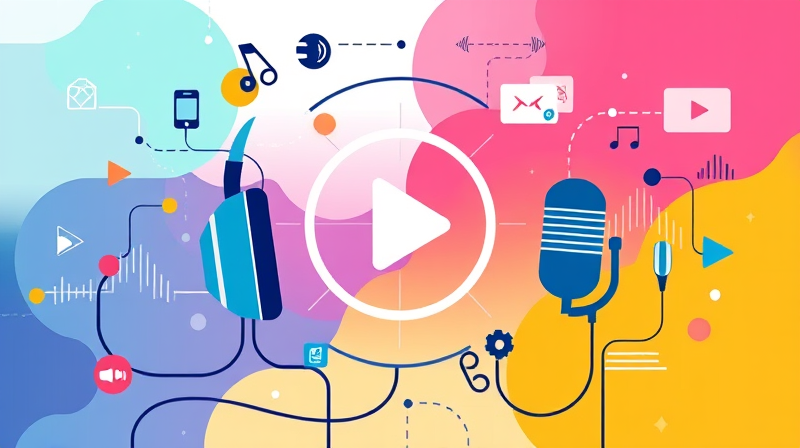In our digital age, headlines act as the first impression of any news story. They are designed to capture our attention and often shape our initial perceptions. However, not all headlines are created equal. Some are objective and fact-based, while others are crafted to evoke emotions that may lead to misinterpretations. This article is designed to help you cultivate critical thinking skills that will empower you to evaluate headlines carefully and effectively.
Part of being an informed reader is understanding that the way information is framed can greatly influence your opinion. As you explore different news sources, it is essential to remember that headlines may be crafted with a specific intent, whether to inform, persuade, or even manipulate the truth.
Understanding the Importance of Critical Reading
The practice of critical reading involves looking beyond the superficial appeal of a headline. Instead, it requires you to analyze several layers of meaning behind the words on the screen. By questioning the credibility and intent behind headlines, you can ensure that your conclusions are based on verified facts rather than sensational language.
Critical reading requires a mindset that is both open and analytical. This means that when you encounter headlines in your daily media consumption, you should ask yourself several key questions before accepting the claims at face value.
- Who is the author? Knowing the background and credentials of the reporter can provide insights into the reliability or potential bias of the story.
- What is the source? Reputable news outlets offer credibility through established journalistic standards. Always check to see if other reliable sources are corroborating the claims.
- What language is being used? Thoughtfully crafted headlines avoid hyperbolic language. Words that evoke strong emotions like outrage or fear are often a red flag.
By taking a moment to reflect on these points, you begin the process of evaluating whether the headline is an accurate reflection of the underlying content.
When headlines are scrutinized with a critical eye, you are better prepared to identify potential misinformation or sensationalism. This skill is invaluable in an era where social media and online platforms rapidly disseminate information without sufficient oversight.
Developing the Techniques for Critical Analysis
To build your analytical skills, it is important to adopt several effective strategies when reading headlines. These techniques are designed to help you dissect the language and framing of the message, making it easier to separate fact from fiction.
Previewing and questioning the headline before diving deeper into the article is a good starting point. Ask yourself: What is the intention behind this headline? Is it merely grabbing attention, or is it hinting at a deeper, factual narrative?
Developing an inquisitive mindset can transform how you engage with everyday media. When you routinely question the intentions behind every headline, you become proactive in understanding who is behind the story and what they stand to gain from it.
Spotting sensationalism is another essential approach. Sensational headlines often use exaggerated language and punctuation to catch your eye. For example, headlines with exclamatory words or dramatic claims should be approached with caution.
Practical steps to identify sensationalism include reading beyond the headline. Check whether the details in the text back up the initial claims. If there is a disconnect between the headline and the actual content, it could be an indication that the headline was designed to mislead.
Finally, a trusty method is cross-referencing information. If a headline makes important claims, verify these with additional reputable sources. This validation step prevents one-off, biased reporting from shaping your understanding of important issues.
The Broader Impact of Critical Thinking on Society
Critical thinking is not just an individual skill; it has broad implications for society. As misinformation becomes more prevalent in digital spaces, those who engage content with a skeptical mind can contribute to a more informed public discourse.
By promoting media literacy and critical analysis, we can build a resilient society that is better equipped to handle the rapid spread of misleading information. Educators, community leaders, and digital platforms all have a role to play in fostering these skills across diverse audiences.
The benefits of critical reading extend far beyond the realm of news consumption. They permeate into everyday decision-making processes, enabling you to make choices based on facts rather than manipulated perceptions.
This analytical approach is especially important in a time when digital media has become a primary method of communication. As we continue to navigate through an era marked by digital transformation and rapid information dissemination, the need for critical thinking has never been more pronounced.
Ultimately, being a critical reader allows you to take control of your own narrative. It provides you with the tools to not only protect yourself from misinformation but also to contribute positively to a well-informed community.
As you continue your journey towards improved media literacy, remember that every headline you encounter is an opportunity to practice and refine your critical thinking skills. By consistently applying these techniques, you are investing in a more knowledgeable and discerning version of yourself.
Remain vigilant, ask questions, and never settle for superficial analyses. In today’s digital landscape, the wisdom to critically evaluate headlines is not just a skill—it is a necessity. Each informed decision you make strengthens the fabric of our media ecosystem and contributes to the creation of a more balanced and truthful public discourse.
Embrace the challenge of critical thinking and let it guide you in navigating through the complexities of modern journalism. As you become more adept at deconstructing headlines, you will find that your overall perception of information will shift, leading to better decision-making and a more empowered understanding of the world around you.








